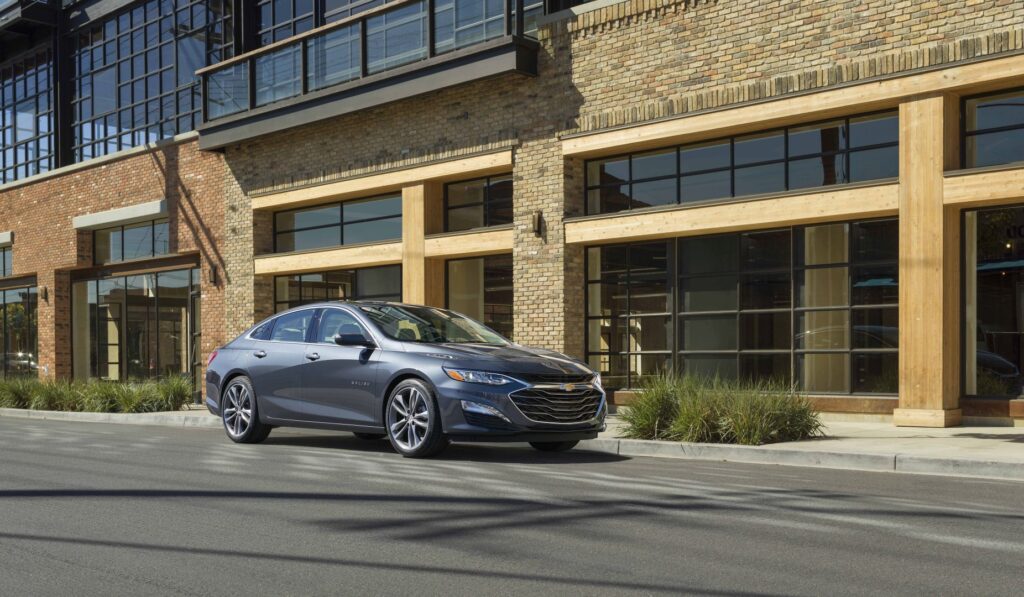General Motors’ decision to discontinue the Chevrolet Malibu has far reaching implications for both the company and its workforce. The automaker’s Kansas plant, where the Malibu was produced, will be temporarily shut down, leading to layoffs for over 1,700 employees.
This significant job loss will undoubtedly have a profound impact on the local economy and the affected workers’ livelihoods. The Malibu, a popular mid-size sedan, has been a staple in GM’s lineup for decades. Its discontinuation marks the end of an era for the automaker and a loss for consumers who valued its combination of comfort, performance, and affordability.
While GM is investing in electric vehicles like the Chevrolet Bolt EV and Cadillac XT4, Malibu’s departure represents a shift in the company’s focus and a potential loss of market share in the traditional sedan segment.
As the plant prepares for the transition to electric vehicle production, it is unclear what the future holds for the laid-off workers. While GM may offer some re-training or job placement assistance, the job market is competitive, and finding suitable employment can be challenging, especially in a region heavily reliant on the automotive industry. The discontinuation of the Malibu serves as a reminder of the ever evolving nature of the automotive industry and the challenges faced by automakers as they go through the transition to a more sustainable and electric future.
General Motors has announced a strategic decision to temporarily halt production of the Cadillac XT4 compact crossover at its Fairfax Assembly Plant in Kansas. This pause, scheduled to begin in January 2025, will allow the facility to undergo a significant retooling process. The plant will be reconfigured to accommodate the production of the next-generation Chevrolet Bolt electric vehicle, a pivotal step in GM’s transition to electric mobility.
Additionally, the Fairfax plant will be equipped to manufacture the Chevrolet Silverado and GMC Sierra electric full-size pickup trucks, currently produced at the Orion Assembly Plant near Detroit. This strategic shift aligns with GM’s broader commitment to expanding its electric vehicle offerings and meeting the growing demand for sustainable transportation solutions.
To facilitate the retooling efforts, the automaker has pledged to invest a substantial sum of $391 million in the Fairfax facility. This investment underscores GM’s confidence in the future of the plant and its role in driving the company’s electric vehicle initiatives. Moreover, the automaker has assured the United Auto Workers that the plant will resume operations in 2025, providing a sense of stability and continuity for the workforce.
The decision to pause production at the Fairfax plant will inevitably have a ripple effect on the local economy and the broader automotive supply chain. The layoffs that will result from the production halt will be subject to the provisions of the UAW-GM agreement, ensuring that affected employees receive appropriate support and benefits during this transition period.

Beyond the direct impact on the Fairfax plant workforce, the production pause will also have consequences for suppliers and businesses that rely on the plant’s operations. A Chinese supplier, Yanfeng, has announced plans to close its plant in Riverside, Missouri, due to the reduced demand for components resulting from the GM factory’s closure.
This decision will affect 444 employees and further highlight the interconnectedness of the automotive industry. General Motors’ decision to temporarily halt production of the Cadillac XT4 at the Fairfax Assembly Plant is a strategic move aimed at accelerating the company’s transition to electric vehicles.
While the decision will undoubtedly have short-term consequences for the plant’s workforce and local suppliers, it also represents a significant investment in the future of the facility and its role in GM’s electric vehicle strategy.

